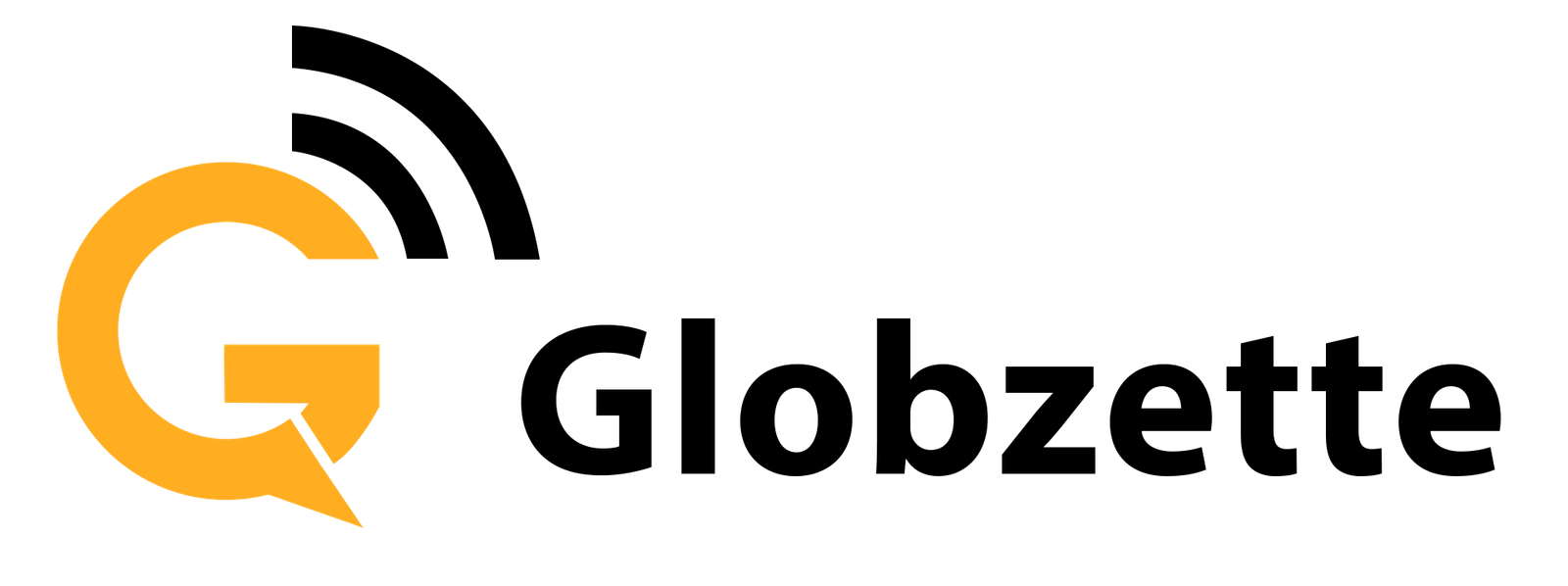X, Elon Musk’s social network business, has sued the Indian government, alleging abuse of law to restrict material on its site. Set to be heard in an Indian court, the case underlines growing worries about content filtering and the government’s increasing authority to delete internet material free from appropriate checks and balances. This legal conflict has spurred a discussion on the thin line between control of damaging online content and stifling freedom of expression.
Whose lawsuit is this about?
X sued the Indian government in March 2025, particularly accusing the Ministry of Home Affairs of extending its censorship authority using the recently launched platform Sahyog. X claims that the portal is a tool for government authorities to use arbitrarily and without respecting India’s digital laws and content-blocking orders. X contends that it is not obliged to follow Sahyog, characterizing it as a “censorship portal” that compromises the digital rights of consumers and platforms equally.
X says Sahyog lets officials avoid the original legal system controlling content removal. Under India’s present rules, senior government officials have to follow a precise procedure before writing takedown orders. This covers sending official announcements, giving chances for hearings, and allowing decisions to be reviewed. X contends, however, that the Sahyog platform compromises these protections by allowing other government officials and local police personnel to issue material removal orders haphazardly.
The social media company notes that this extensive delegation of power could result in a concerning rise in content filtering, whereby people and businesses could be subject to content removal depending on dubious or politically driven grounds. X contends that this scenario compromises the area of free expression and breaches the fundamental values of India’s digital laws.
Why is the Government Supporting Sahyog?
The Indian government, on the other hand, insists that the Sahyog portal is a required tool to handle the growing amount of improper, illegal, and damaging content on social media channels. Officials contend that the platform is meant to simplify the identification and notification process of dangerous information for platforms like X, Facebook, and Google, thus facilitating content intermediary compliance with government mandates.
Government officials claim Sahyog sends “notices” to platforms regarding illegal content, not random blocking orders. They claim that the method makes it easier for the authorities to interact with platforms, therefore enabling prompt and effective handling of unlawful content. The government argues that in the digital era, when damaging content may quickly disseminate and generate major social, political, and legal issues, this is especially crucial.
Furthermore, the government has justified its activities by claiming that the content under review on Sahyog breaches Indian law, which forbids some kinds of expression and material, including hate speech, false information, and materials endangering national security. The government claims the portal is only a tool to assist law enforcement in enforcing these regulations.
Although these debates draw attention to the government’s aim to control internet content, portal detractors—including X—claim that Sahyog’s authority exceeds what is required and might result in unnecessary censorship. This begs the crucial issue of how to combine maintaining freedom of expression on digital platforms with shielding people from objectionable content.
Over Time, How Has the Argument Changed?
X (previously Twitter) has been involved in this dispute more than once with the Indian government over content restriction. In 2021, following a tweet by a spokesman from the ruling party identifying X as “manipulated media,” the Delhi police raided X’s offices. Many people considered this episode evidence of the mounting conflicts between the Indian government and digital channels like X.
X sued the Indian government once more in 2022 over its policies of content banning. Among the most prominent blocking orders the government issued were those about the year-long farmers’ protest, which opposed newly implemented government agricultural policies. Along with other platforms, X was ordered to censor materials deemed to be supporting or encouraging of the demonstration, many of which were seen as a breach of their right to free expression. X contested the blocking orders before the court, but the court decided against the corporation and fined five million rupees ($58,000).
X challenged the ruling on Musk’s direction; the matter is presently under review by the Karnataka High Court. The release of Sahyog, which many contend would further increase the pressure on platforms to comply with government content removal demands, complicates the company’s attempts to rebel against government-imposed censorship.
During the appeal process in 2023, India’s government branded X a “habitual non-compliant platform,” charging the business with not following local rules and regulations. The comment captured the Indian government’s mounting annoyance over sites like X, which they say are insufficient to stop the dissemination of negative content from proliferating.
Furthermore, the government has lately started looking at X’s artificial intelligence chatbot, Grok, which was claimed to have made provocative and politically delicate remarks in response to user instructions. Reportedly biased, politically motivated, and inappropriate, the chatbot’s answers begged issues of tech corporations’ role in regulating their artificial intelligence output.
What does this lawsuit mean for Musk's Indian business interests?
Given Musk’s growing business foothold in India, the timing of the case is especially fascinating. To introduce satellite internet to India, his company, Starlink, has signed contracts with two of the biggest telecom companies in the nation. To start a business, the company is waiting for official clearance. Concurrently, Tesla, the electric car manufacturer owned by Musk, is seeking sites to open showrooms and has started hiring for a few roles in Delhi and Mumbai.
Musk’s economic interests in India have spread quickly, and his increasing presence there provides him great power when negotiating government decisions. Experts contend that Musk’s close ties to world political leaders—including former U.S. President Donald Trump—may influence his handling of this challenging legal environment. Michael Kugelman, Director of the Wilson Center’s South Asia Institute, observed, “This means Musk has a lot of leeway in terms of how he operates, including deciding to sue the Indian government.” His great commercial prominence could affect the direction of the litigation and possibly affect his future activities in India.
Musk’s commercial interests could provide him with some benefits. Still, the lawsuit itself could also be a strong statement against what many see as the growing attack on digital liberties and content censing in India.
What does this lawsuit mean for content censorship in India?
The case has important ramifications for the direction of content control in India, especially concerning digital media. An expert from the Internet Freedom Foundation, Apar Gupta, underlined that content restriction may rise, thanks to the Sahyog portal. Gupta thinks that the government’s capacity to impose blocking orders and the portal’s wide reach could lead to more limitations on online expression, therefore challenging platforms’ ability to strike a balance between eradicating offensive information and preserving free speech.
The lawsuit might establish a crucial precedent for how the Indian government controls material available online. It might also affect the general scene of digital rights and liberties in the nation. As the matter develops, the court will have to give great thought to the balance between preserving the values of free expression in a society that is becoming increasingly digital and addressing offensive material.
The result of this lawsuit might change the relationship between the Indian government and tech behemoths like X and affect the future legislative climate for digital platforms operating in India. The ruling may also have far-reaching effects on the worldwide discussion on digital rights, content filtering, and government intervention in control of the internet environment.
Finally, case X launched against the Indian government over content filtering will probably be very important in determining the direction of digital liberties in India. The case will surely have major consequences not only for X but also for other social media platforms and online content providers negotiating the complexity of content control and censorship as the court reviews the legal grounds.








